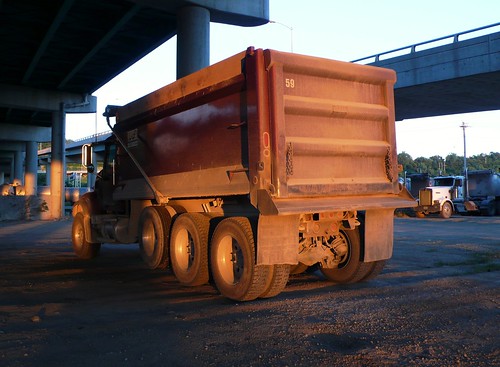Recently I made a couple of visits to the West Bottoms in Kansas City to begin making pictures for a group landscape exhibition which is planned for next year in Spain, which I have been invited to participate in. These images are preliminary sketches, to get a feel for this beautiful and sad place, before I begin working on the photographs I would like to submit to the show. Images which will until it's opening remain private.
HISTORY (taken from the West Bottoms website)
The West Bottoms is an industrial area immediately to the west of downtown Kansas City, Missouri at the confluence of the Missouri River and Kansas River. The area is one of the oldest areas in the city.The West Bottoms was originally referred to as the “French Bottoms”. It was the site of trade between French trappers and Kansas Indians. The area was established by the trappers as an area of commerce. The West Bottoms became the receiving point for goods offloaded from steamships traveling upstream on the Missouri river due in part of the western immigration and trade with Mexico over the Santa Fe Trail. The importance of the area increased with the advent of the railroad. The stockyards (established in 1871) then chose to develop there because of the livestock that came in from the Southwest over the rails. A whole city grew around the stockyards. The Union Depot was built on Union Street where hotels, bars and restaurants flourished. Over 90 percent of the value in Kansas City lay in the West Bottoms. A devastating flood in 1903 ended the investment in housing, schools and churches. However, the agricultural, meat packing, freight and industrial investments continued to grow. By then the rule of thumb was clearly established namely the economic vitality of the city was determined by the economic progress of the West Bottoms. With economic hard times the West Bottoms took a drastic hit. The first economic blow came with the ending of World War II. There were over 20 thousand jobs lost when the extensive military construction in the city suddenly ceased. The second economic blow came in 1951 with a major flood. Packing companies and supportive industries moved out of the area and many closed their doors forever. The combination of these two events was cataclysmic. There were 50,000 jobs lost in the span of 5-6 years and the city was half the size it is now. With the job loss people stopped shopping downtown. With the economic downsizing the city slipped and was unable to save itself and collapsed. Because the city’s tax base crumbled it could no longer maintain its streets, bridges or engage in meaningful investments.






The West Bottoms are a very interesting place. I'm excited to see what you produce.
ReplyDeleteI really like these pictures. Especially the last 3, and the one with the end of the truck.
ReplyDeleteThank you both very much
ReplyDelete